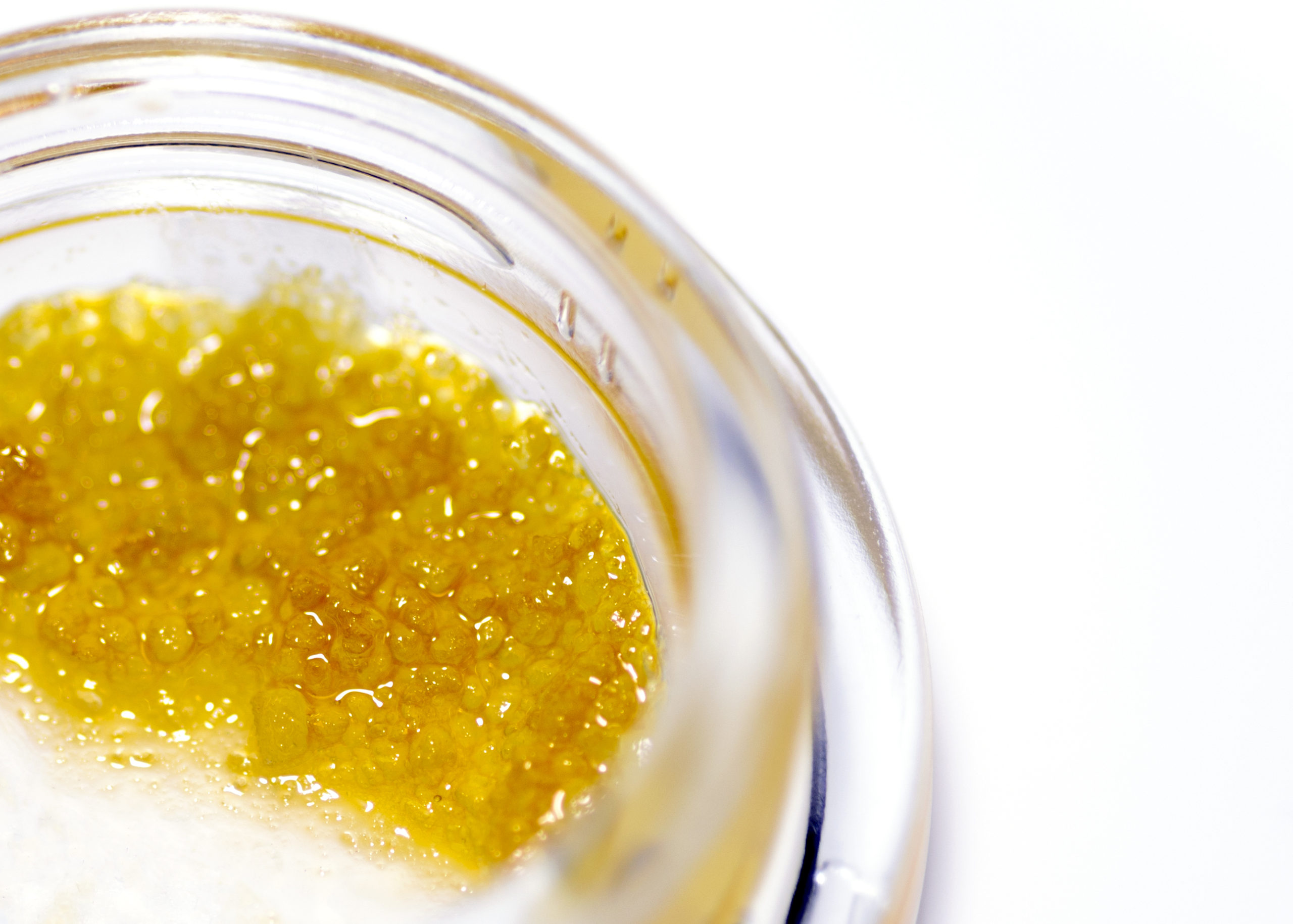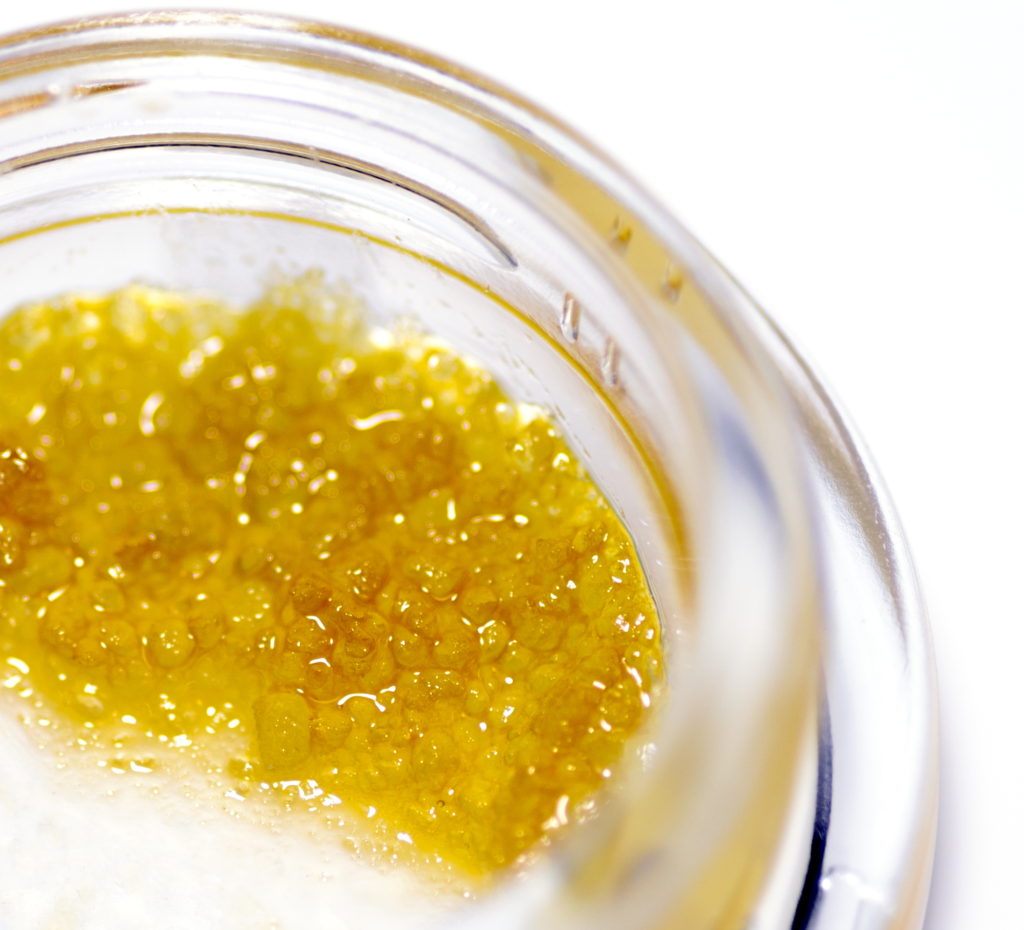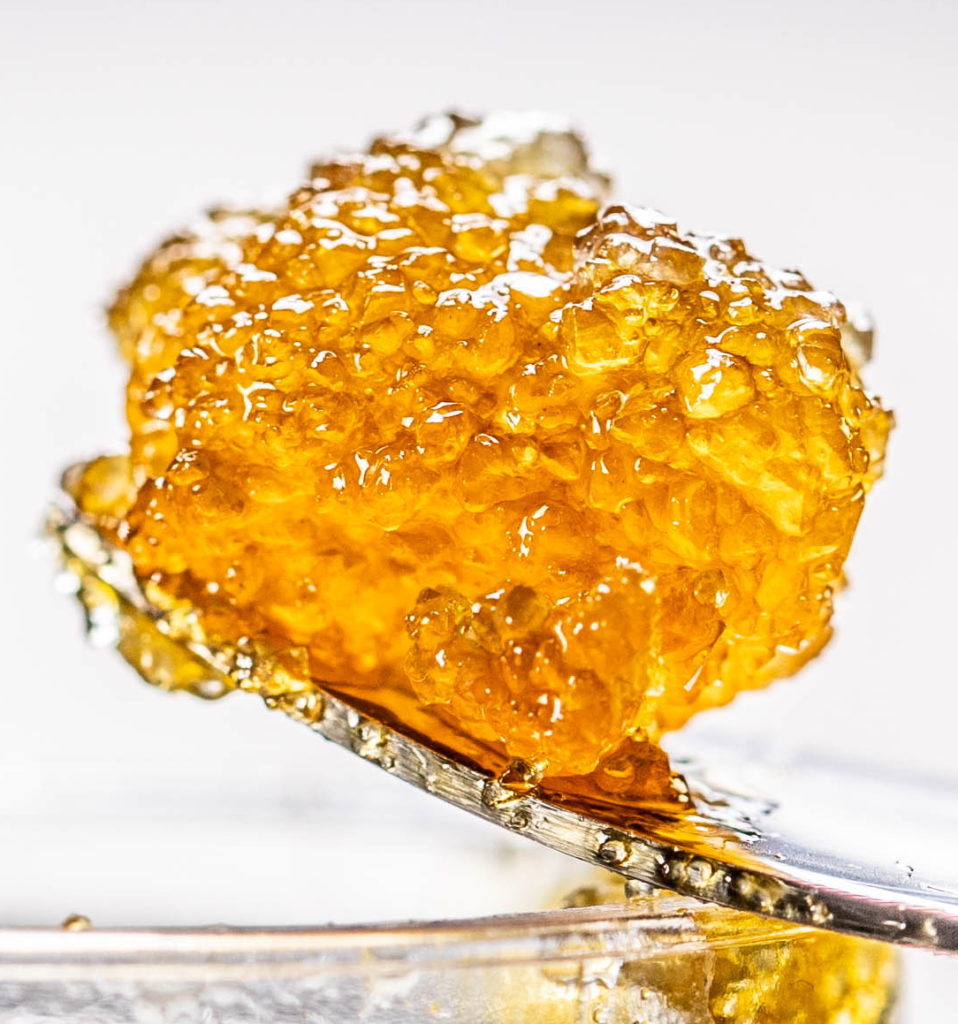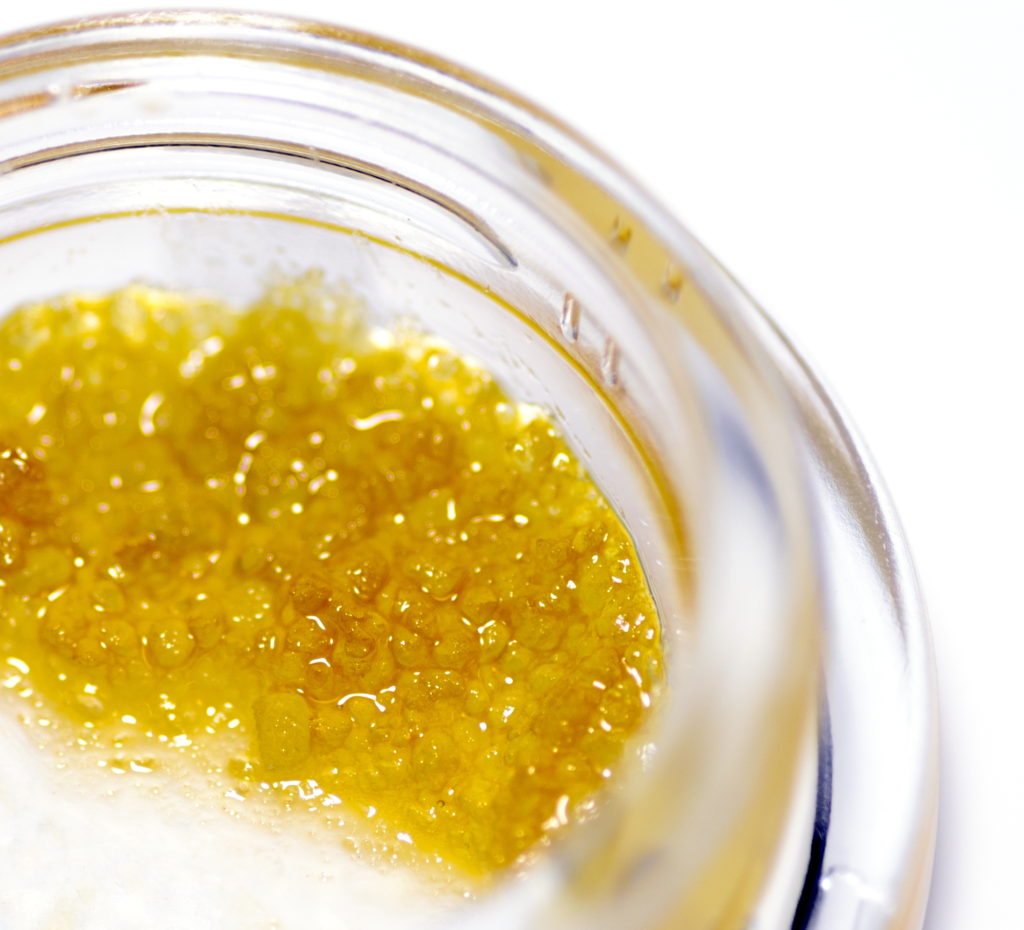
Killing Live Resin: Raw Garden slammed with class action lawsuit for vape cartridge false advertising
Raw Garden is one of California’s most popular brands of cannabis concentrate products. The company is widely known for its extract products, such as live resin and vape cartridges. On July 29, 2020, Raw Garden (legally known as Central Coast Ag Products, LLC) was sued in San Francisco Superior Court for false advertising on its vape cartridges.
The lawsuit claims that Raw Garden falsely advertised distillate vape cartridges as “Refined Live Resin.” The plaintiff has also requested class certification, asking the court to include all “persons or entities who purchased Defendant’s Live Resin vape cartridges during the four years prior to the filing of the complaint.” (Complaint ¶ 50.)
I am not a class action attorney and have never litigated class certification, so I am not going to wade into those aspects of the case. I have, however, stepped into the fray on a few advertising matters. The false advertising claims here raise some fascinating existential questions of chemistry and terminology. So let’s take a look.
What’s in a Name?
One of the many advantages of the spread of legal cannabis is the wide variety of new products hitting dispensary shelves. New technologies produce new products that make cannabis accessible to a whole new set of consumers. And no sectors have benefited more from legalization than extraction and manufacturing.
Cannabis companies, therefore, have developed hundreds of new extract and concentrate products. These products range from the common place—vape cartridges and edibles—to the more obscure—transdermal patches, infused toothpicks, and even personal lubricant. But a deluge of new products on the market leads to a flood of new problems—like how do you describe all of these new product categories?
The nomenclature of the cannabis industry is notoriously unsettled. There are geographic particularities, branding landgrabs, and a host of other vernacular disputes. Widely used terms may have “fuzzy boundaries,” where even industry veterans cannot easily define where one product ends and another begins. Indeed, the problem has been a focus of the NCIA’s Cannabis Manufacturing Committee for the past year, so keep an eye out for an update in the next month targeting this exact issue. [UPDATE - Check out the CMC’s Commercial Cannabis Manufacturing Glossary here.]
In the meantime, the Raw Garden lawsuit represents one of the earliest attempts to define, through the courts, the outer boundaries of one relatively new cannabis term: live resin.
Distilling the Lawsuit’s Claims
The Raw Garden lawsuit probes the boundaries of how cannabis companies can use the term “live resin” to market their products. The Complaint asserts 6 causes of action against Raw Garden:
- Violation of CA Consumers Legal Remedies Act (CLRA)
- Violation of CA Business & Professions Code § 17500
- Violation of CA Business & Professions Code § 17200
- Unjust Enrichment
- Implied Breach of Warranty
- Negligent Misrepresentation
Each cause of action has its own particular standard that the plaintiff must prove, but they share the same bottom line. The plaintiff alleges that Raw Garden markets “Refined Live Resin” vape cartridges that do not, in fact, contain anything that can be called “live resin.” Instead, the plaintiff contends that Raw Garden’s vape cartridges are actually distillate mixed with terpenes.
But here’s the twist. The complaint alleges (here I must offer a reminder that these are just the plaintiff’s allegations at this point) that Raw Garden actually starts with live resin but then distills that live resin, reintroduces terpenes into the live-resin distillate, and markets the resulting product as “Refined Live Resin.”
“[R]ather than converting Live Resin sauce into liquid for use in its ‘Live Resin’ vape cartridges, Raw Garden creates these cartridges by making Live Resin and then distilling the Live Resin.
Upon information and belief, Raw Garden then adds terpenes back into this distillate.”
Complaint ¶¶ 35-36.
These allegations, if proven true, will inevitably lead to a big question in cannabis extraction: when can a product be called “live resin”?
What Is Live Resin? Flash freezing cannabis flower locks in tasty terpenes.

As extract-based products exploded onto the cannabis scene, many consumers developed preferences. True connoisseurs learned that THC is not the only factor when it comes to a quality experience. Consumer demand grew for products that also have high levels of compounds like terpenes and flavonoids. (For the purposes of this post, I’m going to lump flavonoids in with terpenes because the pickiest extract consumers usually focus on the “terps.”) Terpenes are mostly responsible for the most potent cannabis smells: pine, lemon, skunk, grapefruit, blueberry, and the list goes on. There is also a growing understanding of how terpenes can alter the therapeutic and psychoactive effects of cannabis (see, e.g., The Entourage Effect and The Entourage Effect 2.0).
I often refer to terpenes as “smelly snowflakes.” Other than their odoriferous properties, they have a lot in common with snowflakes. They are light, delicate, and easily destroyed by heat. And, much like synthetic snow, synthetic terpene profiles may seem authentic from afar, but up close the fake stuff always feels a little off. Manufacturers that want authentic terpene profiles in their extract products must take great care to design their processes so as to preserve as many terpenes as possible.
“Live resin” describes an extract product that has been prepared for extraction in a way that does not destroy terpenes or allow too many to evaporate. Terpenes begin evaporating from the plant immediately upon harvest, so it is a race against time to get the flower into the extractor. Flash freezing freshly harvested cannabis is one popular technique to stretch that timeline without sacrificing terpenes. This method locks the terpenes into the plant, making it the gold standard in preserving a true terpene profile.
Once the flash-frozen cannabis goes through the extractor (typically hydrocarbon, but occasionally, and controversially, CO2), the resulting extract is a mixture of crystallized cannabinoids and a mostly terpene “sauce.” The exact texture of live resin can vary significantly depending on the size of the formed crystals and viscosity of the sauce. Smaller crystals produce a consistency like wet brown sugar, whereas larger crystals generally result in “diamonds” soaking in a slightly thinner sauce.
The live resin process is time consuming and, pound-for-pound, produces far less yield than other methods. These two factors mean that each gram of live resin costs far more to produce than other extract products. But live resin also retains far more of the highly desired terpenes than other methods. As a result, live resin commands a premium price in the marketplace, often reaching prices over $60/g. That’s more than 3 times the price of other extract categories.
But, as with most things, there’s a catch. Consuming live resin, along with many other popular concentrate products such as shatter, batter, crumble, and wax, requires special devices. These devices range from torch-heated quartz crucibles to expensive electronic vaporizers. With the rise of cheap and simple delivery methods like vape cartridges, consumers must often choose between premium products and convenience.
That is, until innovative manufactures figured out how to transform traditional live resin into a sappy consistency compatible with vape cartridges.
When is “live resin” no longer “live resin”?
And now we come to the central issue of the case: the complaint concedes that Raw Garden starts with live resin. (Complaint ¶ 35.) The plaintiff also apparently concedes that it is possible to alter live resin into cartridge consistency without sacrificing the “live resin” moniker. (Complaint ¶ 34.) The complaint does not specify which “various proprietary methods” are acceptable to maintain the “live resin” title, but it is adamant that distillation is not among them. (Complaint ¶¶ 31, 34, 38.)
In essence, the plaintiff’s argument boils down to this:

But . . .

Distillate vs. Live Resin
Distillate and live resin are both products defined by the processes used to make them. What’s more, these processes are not mutually exclusive. One can prepare live resin and then further process the live resin through distillation. Is the resulting product distillate? Live resin? Both? Neither? The ultimate question then becomes whether distillation irrevocably destroys live resin’s defining attributes.
Undoubtedly some products have qualities that, once lost, can never be restored. Cooked Yellowtail can never be sold as “sashimi.” On the other hand, ice can be melted and refrozen repeatedly and few would question marketing it as “ice” when returned to cold, solid form.
But to determine whether live resin is more like sashimi or ice, one must first define the definitive properties of live resin. This is only the complaint, so the plaintiff need not spell out their whole argument. Yet. But to succeed in this action, the plaintiff will eventually need to prove that distillation—and not any of the other proprietary methods mentioned—so fundamentally changes the character of the product that it can no longer be called “live resin.”
Ultimately, the linguistic fuzziness that permeates the cannabis industry is likely to be the biggest weakness of the plaintiff’s case. Judges and juries are often reluctant to find a statement literally false when its definition is unsettled. It simply may be too difficult to find a statement false or misleading where reasonable minds differ as to what the statement means.
An Unrefined Position
One other area of the plaintiff’s argument may need some additional refinement of its own to succeed. In false advertising cases, the full context of the statement must be taken into account. Raw Garden markets its vape cartridges as “refined live resin.” The plaintiff, however, all but ignores the “refined” modifier:
“Although ‘Refined’ is not a cannabis industry term, the use of the word was used to deceive the consumer into believing they were receiving a Live Resin product, not a distilled product with reintroduced terpenes.”
Complaint ¶ 45
That’s a tough hill to climb. It is rather nonsensical to argue that the word “refined” ceases to have all meaning in the cannabis industry. Even if it has no special definition to cannabis consumers (probably true), it still carries its normal, everyday meaning:
adjective. with impurities or unwanted elements having been removed by processing
Oxford English Dictionary
Consumers do not need a chemistry degree to understand that “refined” live resin is going to have somewhat different characteristics than “unrefined” live resin. Indeed, the plaintiff concedes that manufacturers often use “various proprietary methods” to make live resin suitable for vape cartridges, as discussed above. But just how far Raw Garden (and other concentrate manufacturers) can stretch the term “refined” is an open question.
It is not necessarily a fatal position, but it is going to take a better answer than “‘refined’ is not a cannabis industry term.”
Conclusion
These allegations highlight the dire need for terminology standardization within the legal cannabis industry. This lawsuit is not likely to result in much clarity for the industry. At best, any ruling in the foreseeable future will likely be limited to the particular facts of this case. But this is one to watch, and also keep an eye out for the various industry groups working to provide their own direction.
Sign up to The Highest Courts newsletter to receive updates about this case and other cannabis IP news.
Case Details
Spitzer v. Central Coast Agriculture, LLC d/b/a Raw Garden (Case No. CGC-20-585809)
Filing Date: July 29, 2020
Counsel for Plaintiff(s): Marcus J. Bradley and Kiley L. Grombacher, BRADLEY/GROMBACHER, LLP; Christopher L. Patton, PATTON TRIAL ATTORNEYS P.C.
Counsel for Defendant(s): Unknown

